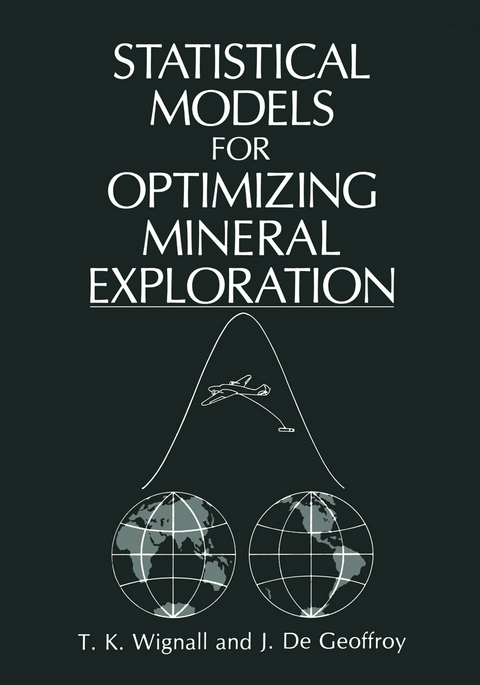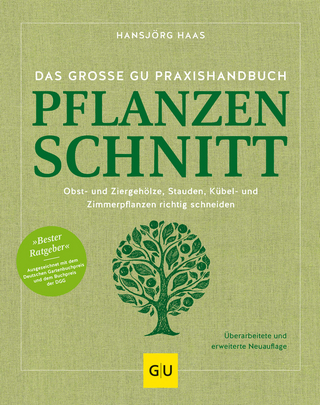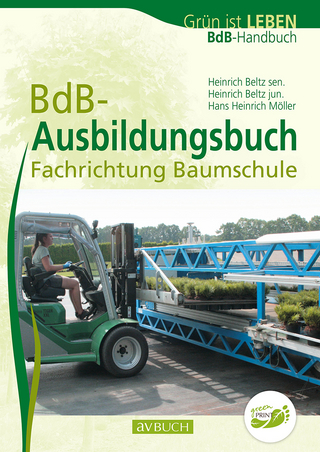
Statistical Models for Optimizing Mineral Exploration
Springer-Verlag New York Inc.
978-1-4612-9038-4 (ISBN)
1 Application of computerized geomathematical models to the optimization of exploration programs.- 1.1. General statement: optimization of the mineral exploration sequence.- 1.2. Types of geomathematical models used for optimizing mineral exploration.- 1.3. Construction of a data base for the optimized search for six types of ore deposits in five continents.- 2 Deterministic, heuristic and univariate stochastic models used for optimizing mineral exploration.- 2.1. Foreword: types of models used in the optimized ore deposit search.- 2.2. Deterministic models.- 2.3. Heuristic models.- 2.4. Univariate stochastic models.- 2.5. Modelling of economic & geometric parameters of ore deposits.- 2.6. Modelling of occurrence parameters of ore deposits.- Exercises.- 3 Statistical pooling of regions to assist the optimization of world-wide ore search programs.- 3.1. General statement: rationale of statistical pooling of regions.- 3.2. Testing of population commonality.- 3.3. Sequential testing of population commonality.- 3.4. Application of sequential testing procedure to assist the world-wide search for six types of ore deposits.- 3.5. Application of sequential testing to assist continent-wide search programs for six types of ore deposits.- Exercises.- 4 Probabilistic models for the optimal detection of ore deposits by airborne and ground exploration programs.- 4.1. General statement: detection of ore deposits based on Geometric Probability.- 4.2. Detection of randomly oriented ore deposits by airborne surveys on grids of various designs.- 4.3. Detection of randomly oriented ore deposits by ground surveys or vertical drilling on square grids.- 4.4. Detection of oriented ore deposits by airborne and ground surveys and drilling programs. Application of Dynamic Programming.- 4.5. Optimization of airborne and ground field surveys and drilling programs based on detection probability models.- 4.6. Selection of ore deposit types and regions of search based upon the detectability criterion.- 4.7. Optimal selection of region-ore deposit types based on the discounted payoff criterion.- Exercises.- 5 Application of the General Linear Model and Operations Research models to the optimization of field exploration and development planning.- 5.1. Theoretical background for the GLM.- 5.2. Application of regression analysis to various mineral exploration problems.- 5.3. Application of trend factor and residual trend factor analyses to field exploration programs.- 5.4. Application of Operations Research models to development planning.- Exercises.- 6 Multivariate Bayesian classification models: Application to the optimal selection of prospecting areas and exploration targets.- 6.1. General statement.- 6.2. Optimal selection of prospecting areas and exploration targets based on control data.- 6.3. Optimal selection of exploration targets without control data.- Exercises.- 7 The Expert computerized system for optimizing mineral exploration.- Appendices.- A.1. List of names of ore deposits included in data base.- A.3. SEQPOOL computer programs.- A.4. OPTGRID computer programs.- A.5. FACTOR-TREND computer programs.- A.6. Linear Programming dual simplex computer program.- A.7. CLASSIFICATION computer programs.- A.8. Data lists for exercises.- A.9. Measurement conversion table and statistical tables.- A.10. Answers to selected exercises.
| Zusatzinfo | 444 p. |
|---|---|
| Verlagsort | New York, NY |
| Sprache | englisch |
| Maße | 178 x 254 mm |
| Themenwelt | Sachbuch/Ratgeber ► Natur / Technik ► Garten |
| Naturwissenschaften ► Geowissenschaften ► Geologie | |
| Naturwissenschaften ► Geowissenschaften ► Mineralogie / Paläontologie | |
| ISBN-10 | 1-4612-9038-4 / 1461290384 |
| ISBN-13 | 978-1-4612-9038-4 / 9781461290384 |
| Zustand | Neuware |
| Informationen gemäß Produktsicherheitsverordnung (GPSR) | |
| Haben Sie eine Frage zum Produkt? |
aus dem Bereich


